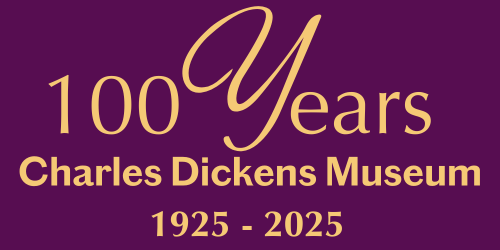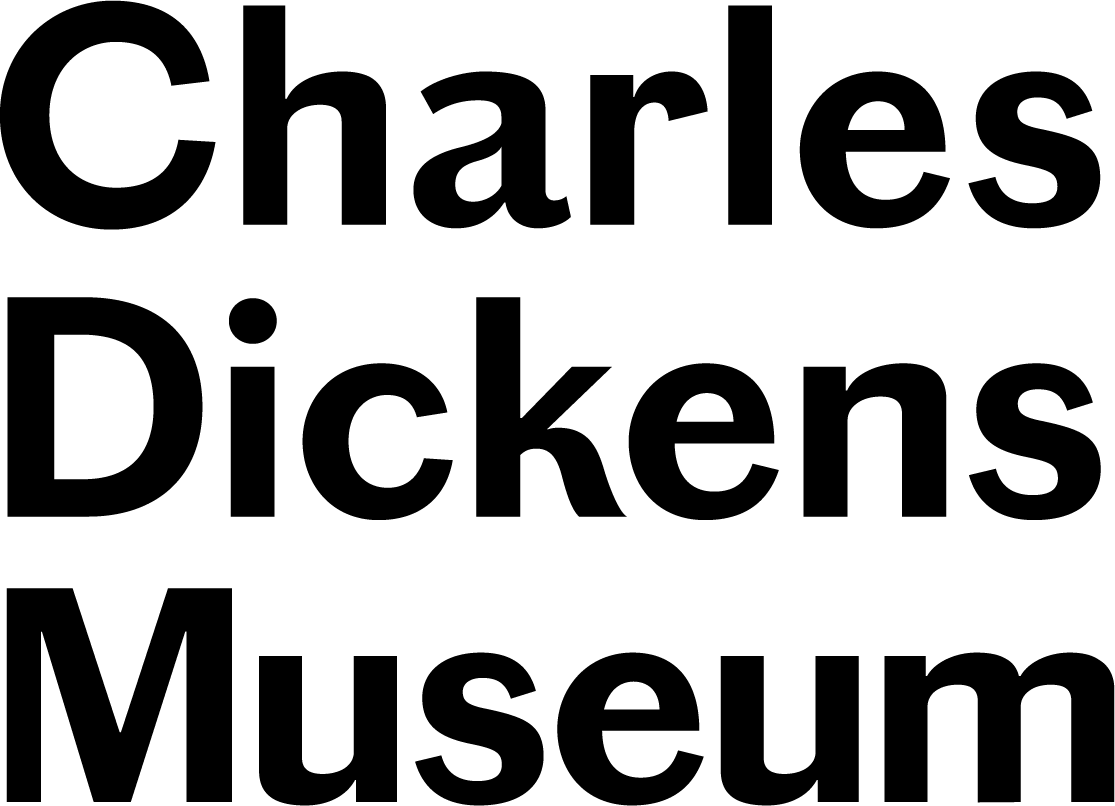The Christmas Sports by Lucinda Dickens Hawksley
One of my favourite items in the museum’s collection is a poster printed in 1866 advertising a day of “Christmas Sports at Mr Charles Dickens’s Cricket Field”. It’s an item which offers such a tangible link to the past, unconnected with Dickens’s writing, telling us instead us about his family life.

Over the past two decades, the whole country had been undergoing a renaissance in the way in which Christmas was being celebrated – attributable in large part to the writings of Charles Dickens. In contrast, the author himself had been finding his own Christmases dwindling in enjoyment. The phenomenal success of A Christmas Carol in 1843 had changed his life. From that year onwards, he had become considered, by many of his readers, the embodiment of Christmas itself. This was encapsulated by the comment made by a child when the news of Dickens’s death had been announced: the poet Theodore Watts-Dunton was walking through London’s Covent Garden when he heard a little market girl ask “will Father Christmas die too?”. Ironically, for many years, the man who is credited with bringing back Britain’s Christmas spirit, found his own festive seasons to be a time of gruelling hard work, starting in the summer, when he had to begin planning the “Christmas number” of his magazine.
On 1 October 1866, Dickens wrote to his friend and editor W.H.Wills “I am still unapproachable on the general subject of Xmas Nos. myself – am lame – ferocious – and dangerous.” Three days later he wrote to Wilkie Collins, describing himself as being in the thick of “Christmas Labour”. As usual, he had taken on far too much work and, as was also very usual by this final decade of his life, his own Christmas had become a time, not of friends and family and feasting, but of work and exhaustion. Despite having said he would not to be able to write a Christmas story that year, he had succeeded in completing Mugby Junction. When he finished it, he was determined to reward himself by taking a proper break – he wanted to enjoy the kind of festive season he had written about in so many stories, but which had seemed so unattainable to him in recent years.
That year, Dickens planned a family Christmas at Gad’s Hill Place, his home in Kent, where he would be spending the full “twelve days of Christmas”. He also decided to hold a seasonal event for the public to enjoy, in the field opposite his house. As his daughter Mamie’s recollections show the idea was not happily received by his neighbours, but their fears came to nothing and the Christmas Sports proved a huge success. The author acted as “Judge and Referee”, his eldest son Charley was “Clerk of the Course” and their family friend and Christmas house guest, the artist Marcus Stone, was named as the “Starter”. There were ten events and these included running races, hurdles, long jump, high jump, a sack race, a three-legged race and a wheelbarrow race – the latter to be performed while blindfolded.
A few days later, Dickens wrote to his great friend, the actor William Charles Macready describing the day:
“You will be interested in knowing, that, encouraged by the success of Summer Cricket Matches, I got up a quantity of footraces and rustic sports in my field here on the 26th .... As I have never yet had a case of drunkenness, the landlord of the Falstaff had a drinking booth on the ground. All the Prizes I gave were in money too. We had two thousand people here. Among the crowd were soldiers, navvies, and labourers of all kinds. Not a stake was pulled up, or a rope slackened, or one farthing’s worth of damage done. To every competitor (only) a printed bill of general rules was given, with the concluding words: ‘Mr Dickens puts every man upon his honor [sic] to assist in preserving order’. There was not a dispute all day, and they went away at sunset rending the air with cheers, and leaving every flag on a 600 yards course, as neat as they found it when the gates were opened at 10 in the morning. Surely this is a bright sign in the neighbourhood of such a place as Chatham!”
Dickens’s eldest daughter, Mamie, estimated there were between two and three thousand people on the field “and by a kind of magical influence, my father seemed to rule every creature present to do his or her best to maintain order. The likelihood of things going wrong was anticipated, and despite the general prejudice of the neighbours against the undertaking, my father's belief and trust in his guests was not disappointed.”
On New Year’s Day Dickens wrote about it again, to his friend John Forster (who later became Dickens’s first biographer):
“The great mass of the crowd were labouring men of all kinds, soldiers, sailors, and navvies.... The road between this and Chatham was like a Fair all day; and surely it is a fine thing to get such perfect behaviour out of a reckless seaport town. Among other oddities we had A Hurdle Race for Strangers. One man (he came in second) ran 120 yards and leaped over ten hurdles in twenty seconds, with a pipe in his mouth, and smoking all the time. ‘If it hadn’t been for your pipe,’ I said to him at the winning-post, ‘you would have been the first’. ‘I beg your pardon, sir’, he answered, ‘but if it hadn’t been for my pipe, I should have been nowhere’.”
Lucinda Hawksley’s book Dickens and Christmas, published by Pen and Sword, is available to purchase online and in all good bookshops, including the shop at the Charles Dickens Museum.
Museum Blog
This blog takes you behind the scenes at the Charles Dickens Museum, giving fresh insight on everything from discoveries new and old in our collection, to exhibitions, events and learning initiatives.
You’ll be hearing from a variety of Museum staff and volunteers, as well as guest curators, academics, artists and Dickens enthusiasts. Why not join the debate and let us know you thoughts on the latest blog by using our hashtag #CDMBlog

